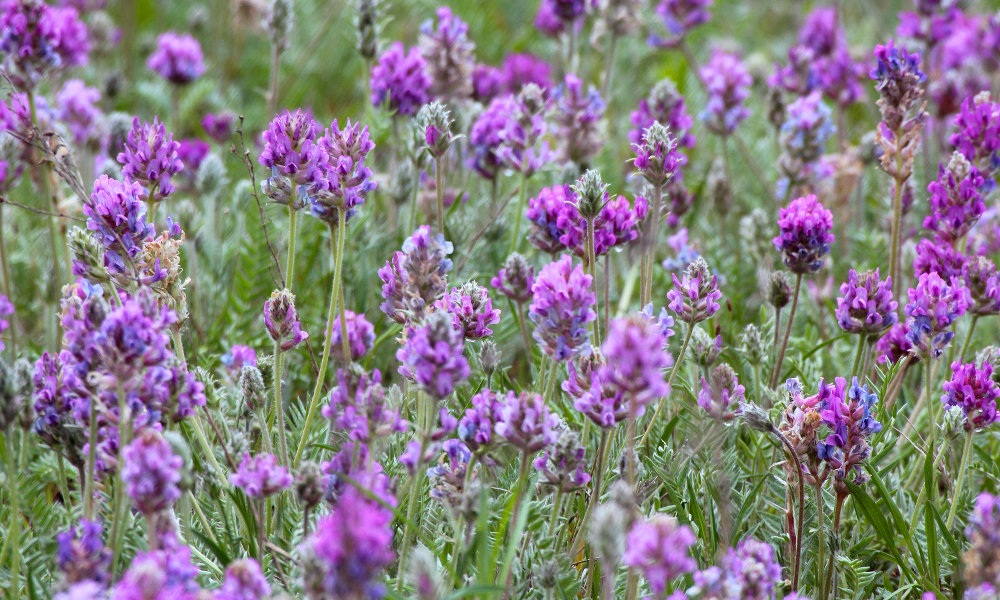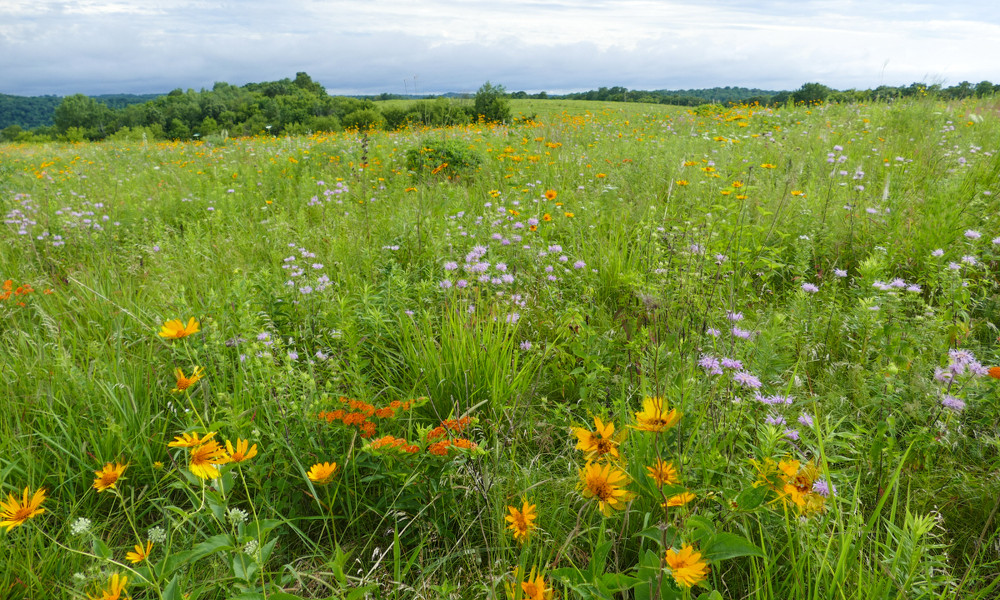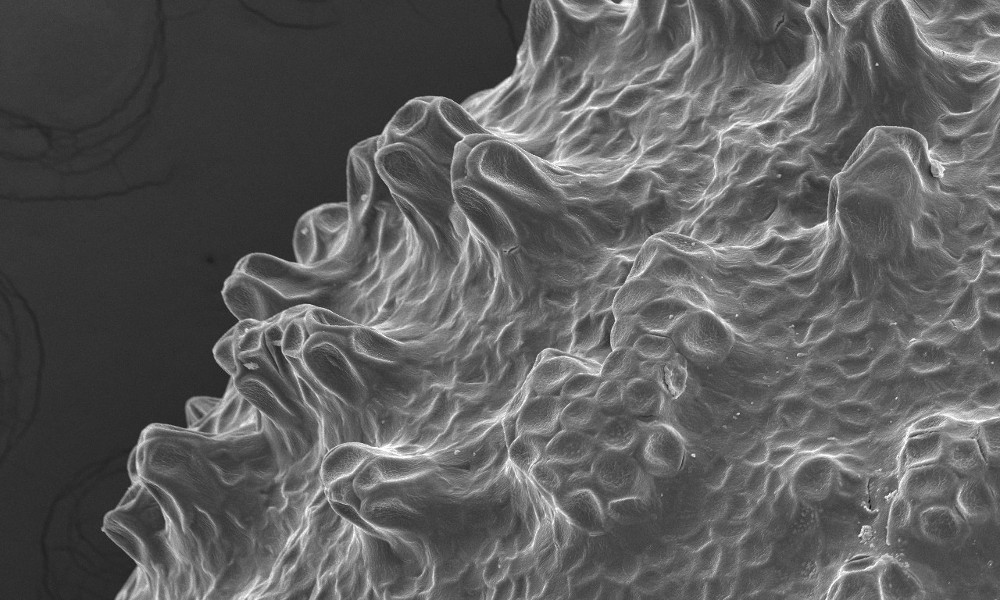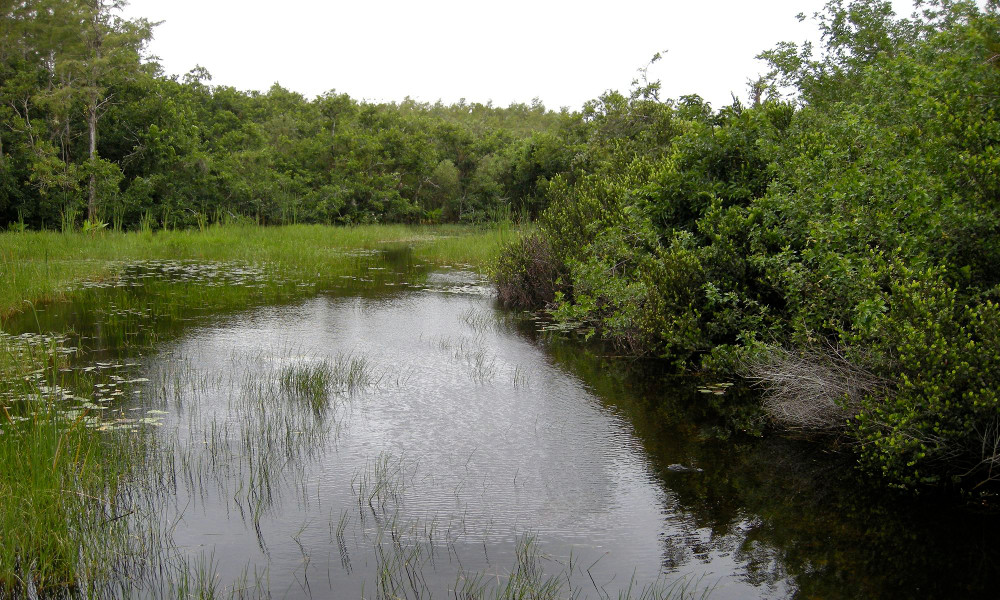Projects
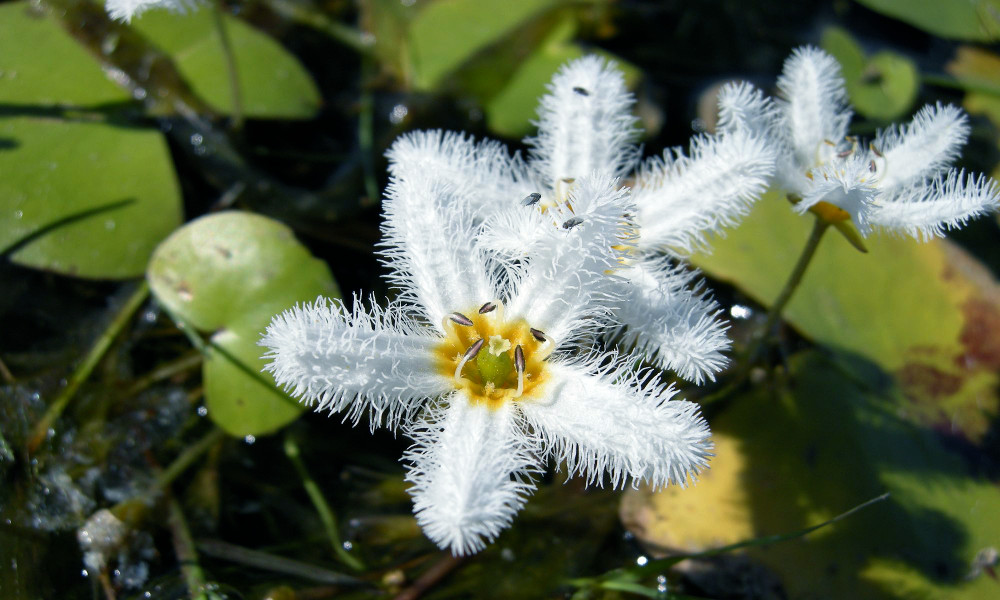
Phylogeny and evolution of Nymphoides
Dr. Tippery continues to study the systematics of Menyanthaceae, a family of aquatic plants. There are persistent questions about the largest genus, Nymphoides, regarding the interrelationships of species, ancestral biogeography, and morphological evolution. Largely this project involves analyzing DNA sequences and other bioinformatics applications.
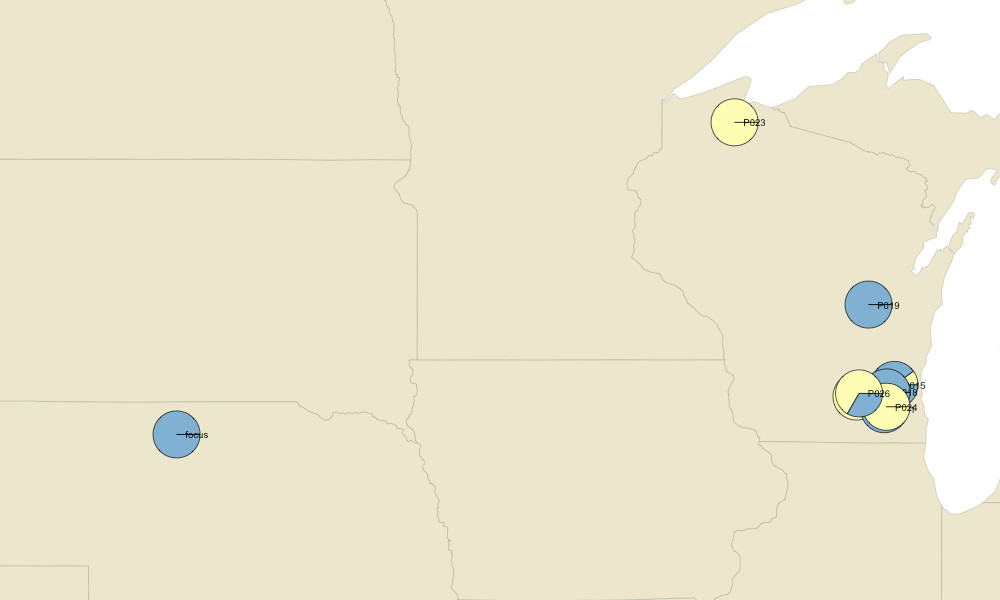
Genetic diversity of Phragmites australis
In northern North America there are two subspecies of the grass plant known as common reed: a native one and a non-native one. Whereas the native persists in some areas, the non-native constitutes an invasive species with the potential to disrupt ecosystem function for plants and animals. We are using genetic (DNA-based) methods to ascertain the genetic diversity of these subspecies in Wisconsin and beyond.
